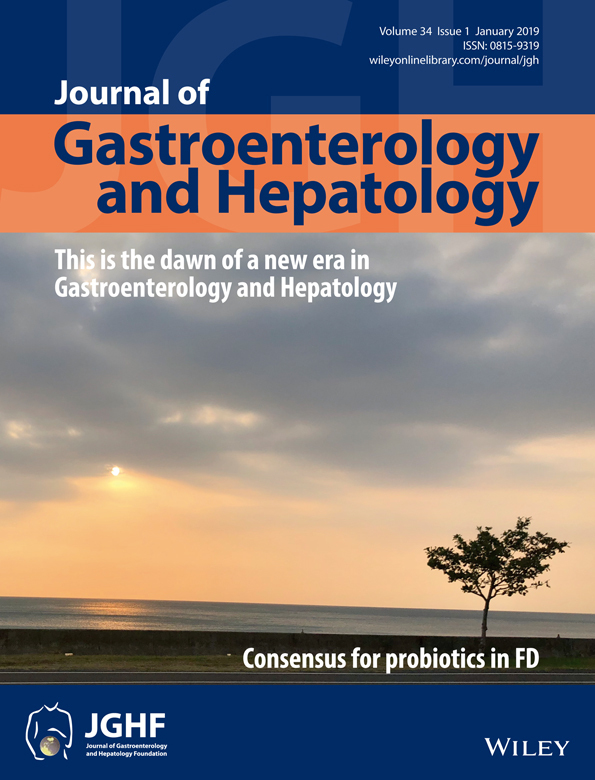Repeating measurements by transient elastography in non-alcoholic fatty liver disease patients with high liver stiffness
Declaration of conflict of interest: Grace Wong, Henry Chan, and Vincent Wong have served as speakers for Echosens. The other authors report no potential conflict of interest.
Author contributions: Vincent Wong was responsible for the study design. Grace Wong, Anthony Chan, Sally Shu, Carmen Chan, Julie Leung, Paul Choi, and Angel Chim were responsible for the collection of data. Jeremy Chow and Vincent Wong were responsible for data analysis. Henry Chan was responsible for the administrative support. Jeremy Chow and Vincent Wong were responsible for drafting the manuscript. All authors read and approved the final version of the article, including the authorship list.
Abstract
Background and Aim
The Baveno VI Consensus recommends repeating examination in patients with high liver stiffness measurement (LSM) by transient elastography to reduce false-positive diagnosis of advanced liver disease. We tested whether repeating transient elastography can increase the overall diagnostic accuracy.
Methods
Ninety-seven patients with non-alcoholic fatty liver disease who underwent two FibroScan examinations within 6 months prior to liver biopsy were evaluated. An LSM cut-off of 7.9 kPa was used to exclude F3-4 fibrosis.
Results
Seventy-eight patients had high LSM at baseline, among whom 27 had low LSM on repeated testing; only four had F3 and none had cirrhosis. In contrast, 31 of 51 patients with high LSM at both examinations had F3-4. Nineteen patients had low LSM at baseline; none of them had F3-4 regardless of the second LSM results. If we took LSM <7.9 kPa at either examination as sufficient to exclude F3-4, the negative predictive value remained high at 91%. The positive predictive value for F3-4 increased from 45% in patients with high LSM at baseline to 61% in those with high LSM at both examinations. Sensitivity analysis using different cut-offs yielded similar results, with 76% of patients with LSM >12 kPa at both examinations having F3-4.
Conclusions
Transient elastography is a highly sensitive screening test to exclude F3-4 fibrosis in non-alcoholic fatty liver disease patients. One-third of patients with high LSM may have normal results on repeated examination. By repeating examination in cases with high LSM, one may spare patients from unnecessary liver biopsy.




